What’s the ideal camera for a wilderness, the wilds of Kimberley in the north of Western Australia? A sturdy DLSR and a super telephoto springs to mind. But my choice, for my first real adventure since Covid-19, was the versatile Leica Q2, despite its fixed 28mm lens. It’s the most weight I was prepared to carry on this outing. But first, let’s roll back to those optimistic pre-Covid days of 2019.
As I disembarked from the plane at Sydney Airport in September that year, I had no inkling that it would be four years before I flew on an airliner again. Nor that my life was about to be turned upside down.
My late wife and I had just enjoyed three weeks driving through northern Portugal and Spain, and we were already planning the next trip for the following year. It was not to be. First, Covid grounded us in April, and then a dire cancer diagnosis for my wife a few weeks later changed everything.
Not on the radar
For me, as for many others, the Covid years of 2020 and 2021 were very difficult, exacerbated for me by the loss of my wife. Photography was most definitely not on my radar for the two years, apart from numerous photos of Marvel, my newly adopted cat.
Which brings me to 2023. There was a good start to the year with a road trip to Tasmania. This blew the cobwebs out of the Leica Q2 and produced some worthwhile photos. But then it was another ten months until October when I stepped onto an airliner and flew to Darwin in the Northern Territory of Australia, en route to the El Questro Wilderness Park in the Kimberley, in the northern part of Western Australia.
Wilderness
The Kimberley is an extraordinary place. First, it is vast, at 432,517 km2 — three times the size of England. The El Questro Wilderness Park alone is the size of Belgium. Second, it is a true wilderness and very little of it is habitable. There are only three towns of any size and the population of the whole region is no more than 55,000, of which 40% are First Nation people who live predominantly in remote settlements.
Perhaps after its vast size, the most noticeable feature of the Kimberley is its colour. It is RED. Rust red. And the red dust is everywhere. Literally everywhere. And the tonal colour palette is supersaturated. It’s Kodachrome on steroids.
All-round challenging
The geography and climate are very challenging. In the dry season between April/May to October/November, it is dry and warm, with daytime temperatures not falling below 30ºC. But it is a different story in the wet season, with temperatures regularly hitting 40ºc and above, with very heavy monsoonal rain and cyclones.
The dry season is the tourist season, since all tourist-related activities shut down in the wet season when the few roads are passable. There are deep river crossings and the humidity is very high.
I could write so much more on the unique Kimberley, but I would rather not create a travelogue, so I’ll switch to photography. For the two-week trip, I took just my Q2 and a spare battery, which I never used. I’m restrained and considered in my shooting — probably the result of using expensive film for so many years.
The X Factor
Long-term Macfilos readers may recollect that I was an enthusiastic Leica X1 and X-Vario user for many years. After a win of a major cash prize in a photo competition in 2016, I purchased a first-generation Leica Q, although I retained both the X cameras and have continued to use them, particularly the X-Vario. This is an ideal ‘cat camera’ with its swivelling EVF, which allows me to get down to Marvel’s eye level.
I was delighted with the Leica Q and probably should have kept it. But, feeling very depressed in July 2020, I resorted to retail therapy and traded the Q for a Q2. The Leica Q2 has had modest use since then due to my circumstances. However, on the few occasions I have used it I have been pleased with the results.
I have not been tempted by a Leica Q3, perhaps because my Q2 has had so little use and the additional features of the Q3 don’t justify the changeover cost for me. For my Kimberley trip, the Q2 was the ideal camera, although its weight is probably edging towards the top limit of what I now find acceptable.
The Toyota Land Cruiser
What do you do for six days in a remote wilderness location? Well, you travel in a 4WD —which is invariably a battered old Toyota Land Cruiser — out into the bush with a ranger to learn about the geology, history, and flora and fauna. You ride up extremely rough tracks onto the ridges to view the spectacular sunsets. These are made more spectacular by high levels of dust in the atmosphere at the end of the dry season. You go in a little tin boat up one of the gorges, where you will see various raptors and amazingly agile rock wallabies hopping on the cliffs.
You’ll see catfish and big barramundi in the clear waters and, if you are fortunate, you will spy freshwater crocodiles lazing on the banks. Not only that, but you can swim in a swimming hole — after checking first for crocodiles — and most indulgently enjoy a soak in an artesian hot spring. You get up very early to see some astonishing bird life with a very knowledgeable guide and if you are me, you go for a walk early morning and late afternoon to catch the golden hour.
You also spend lazy hours reading or dozing on the very hot days, a couple of which I experienced.
Above: Sunset at Kimberley and over the Chamberlain River — and a giant Boba tree
Long-lens lust
It would have been useful to have had a camera with a really long lens to photograph the rock wallabies and the eagles. In the Homestead where I stayed there were two keen photographers, both of whom had long lenses, but they were younger and presumably fitter than me. I must say, though, that their bird shots were excellent.
There are only a couple of sealed main roads passing the Kimberley. Most roads are just dirt roads or dirt tracks. Only a few of the dirt roads are graded regularly to iron out the bone jarring corrugations or washboard surface. The rough tracks are vehicle destroyers and explain why the Kimberley is the land of white Toyota Land Cruiser because they are durable, reliable, and straightforward to repair. “Poseur” and lightweight 4WDs literally fall apart in these conditions, as do unsuitable caravans.
During my stay, I had an opportunity to go up in a helicopter to take some aerial shots of the area. When I first saw the helicopter, I was delighted to see that they had removed the doors to aid the view. But my enthusiasm for this arrangement waned suddenly when the pilot banked steeply in and out of the gorges, and I realised that the only thing between me and certain death was a lap belt. I soon resorted to holding on to the door frame with one hand and using the Q2 with the other.
Top: Gorge views from the air. Bottom: The Homestead
New Broome
After El Questro, I flew down to Broome — one of the three towns of the Kimberley. Again, no travelogue other than to say that Broome is a town with an interesting multicultural history. This was my third visit, and I was surprised by how much it has developed since I last went there seven years ago. Historically, its main activity was pearl farming. Recently, despite its isolation, or maybe because of it, tourism has really developed. Now it is also a hub for servicing the offshore gas and oil rigs. It has lost some of its charm, but that is the way of the world.
Broome has a wonderful, long, wide beach — Cable Beach. There are tens of thousands of superb beaches in Australia, but Cable Beach must be one of the finest.
The biggest attraction of Broome for me is its proximity to the Lalang Marine Park and the extraordinary Horizontal Falls, described by Sir David Attenborough as ‘one of the wonders of the natural world’.
The Falls occur because of the very high tides in the area. A massive volume of water rushes inwards on the incoming tide and then outwards as it ebbs through two short, narrow gorges.
You can view the Falls from the sea and small tourist boats do go through the Falls, but it is hazardous. Last year, there was a serious mishap when a boat carrying 26 passengers apparently hit one of the gorge walls. A number of the passengers aboard were seriously injured and rescuing them in the very remote, saltwater crocodile infested location was fraught and challenging.
Through the Perspex lightly
It was therefore no surprise that I chose to take a flight over the Falls and the Lalang Marine Park in a light plane. This was in a small Cessna which did have all its doors in place but which, despite its considerable age, had perspex windows in very good-condition. I was surprised at the quality of the photos I took through those windows.
It was a beautiful clear day and although it was the end of the whale migration season, I was fortunate to see a mother and calf resting up before starting the long swim back to Antarctica for the summer.
We flew over the Koolan Island iron ore mine, which is reputedly responsible for Australia’s highest grade ore. The island is tiny, and the length is dominated by the airstrip, where airliners fly the FIFO miners in and out every two weeks.
The wet season approaches
I spent 6 days in Broome. As well as the flight over the falls, I went out on a boat to see the unique snubfin dolphins, found only in Broome’s Roebuck Bay. Unfortunately, the whale migration season was nearly over, so we did not spot any whales. But we saw plenty of dolphins.
Again, a long lens would have been useful, but it would have had to have been a really long lens and the outfit would have weighed a lot more than the 734g (26oz) of my Q2. I certainly did not have any regrets in having relied solely on the Q2. All things considered, it is the ideal travel camera.
On the final day in Broome, it was very hot and very humid. The wet season was approaching. One last sunset and the next morning it was out to the airport to catch the flight back to Sydney.
Read more of the 115 articles on Macfilos from John Shingleton
Visit the author’s blog, The Rolling Road
Want to contribute an article to Macfilos? It’s easy. Just click the “Write for Us” button. We’ll help with the writing and guide you through the process.

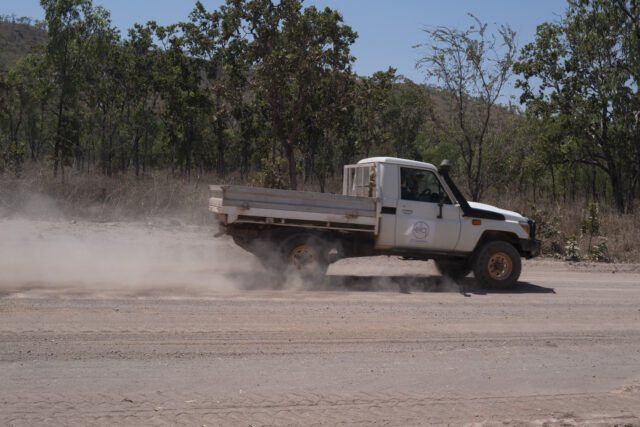
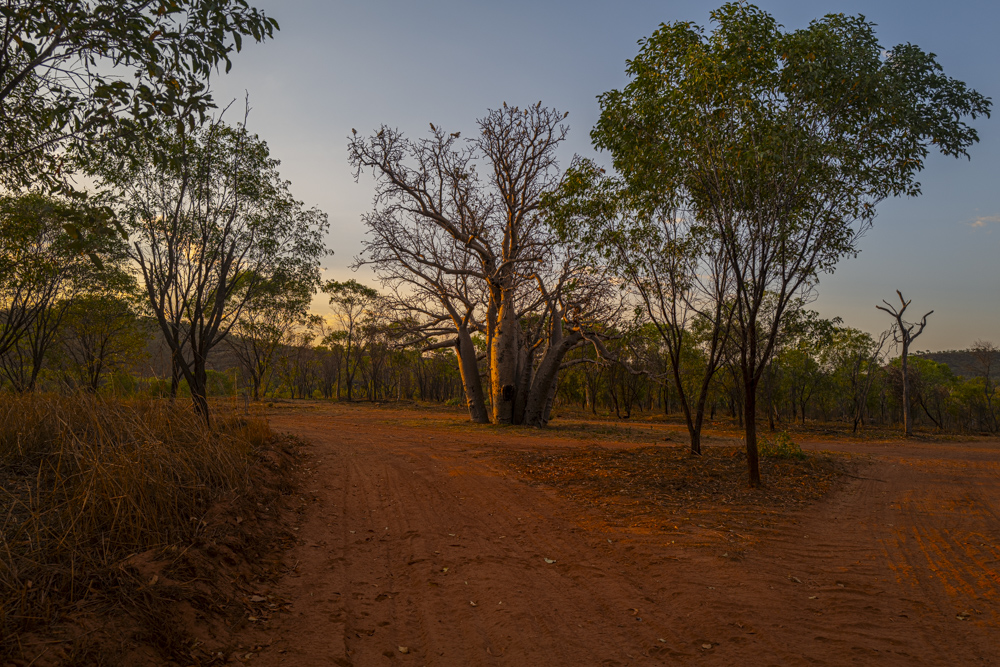
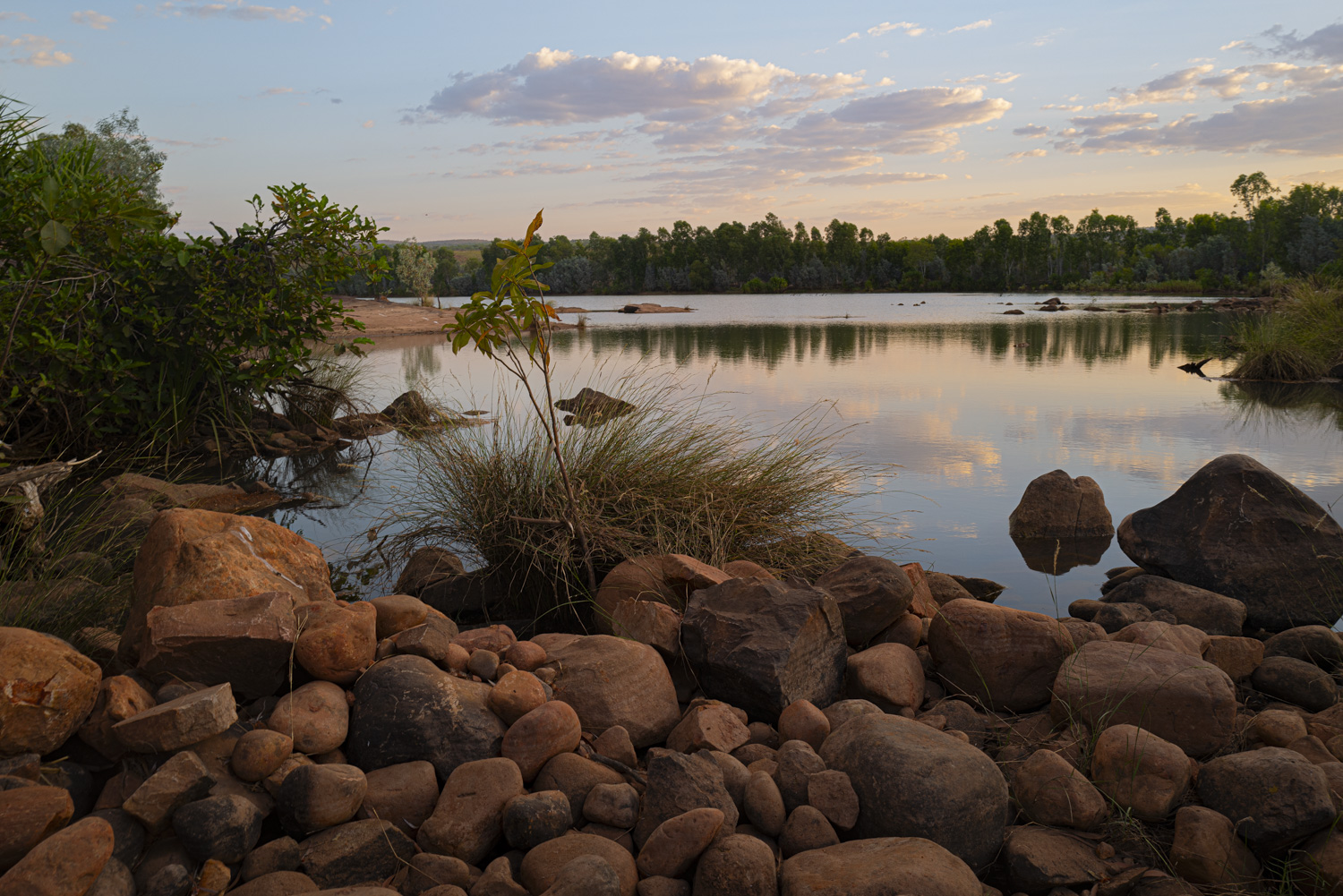
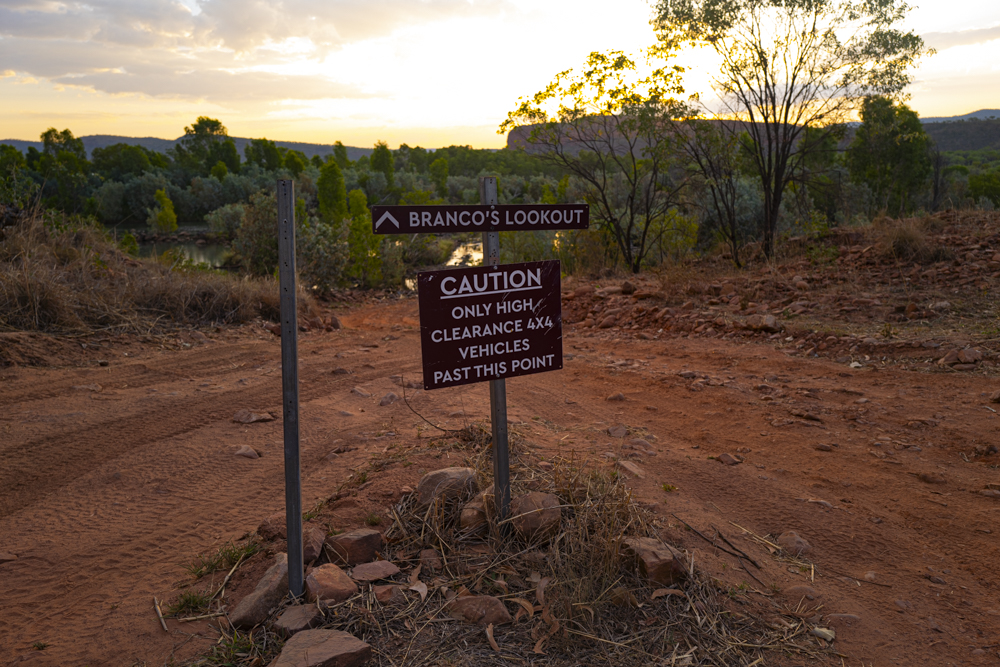
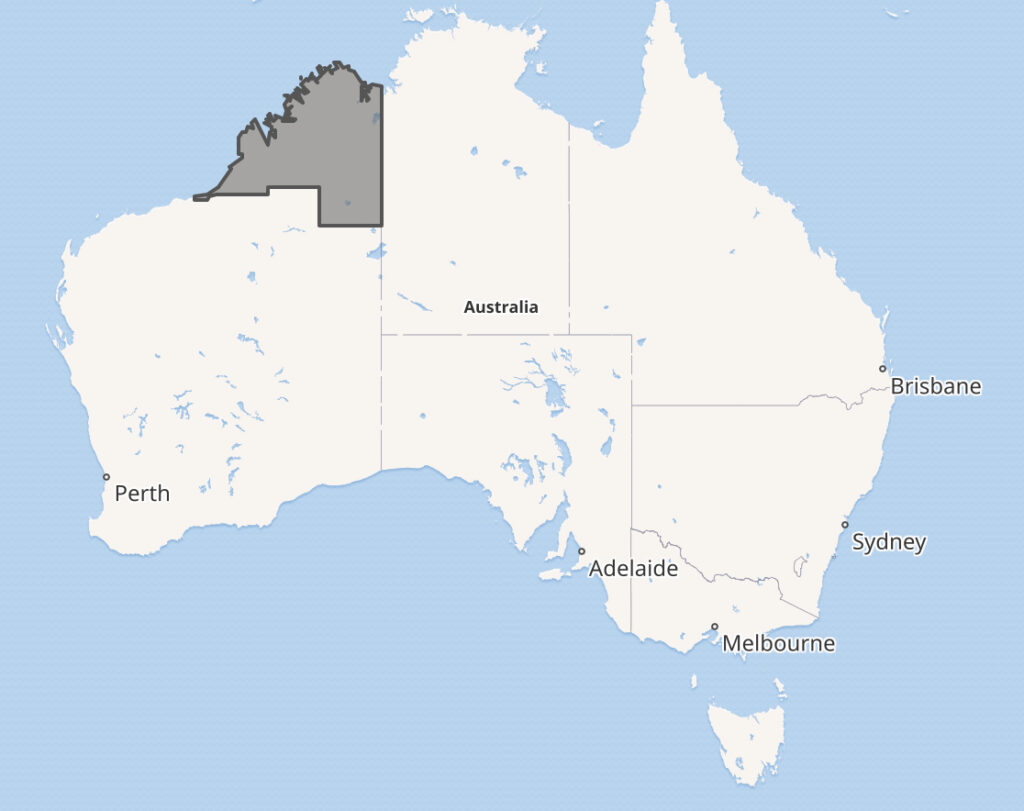
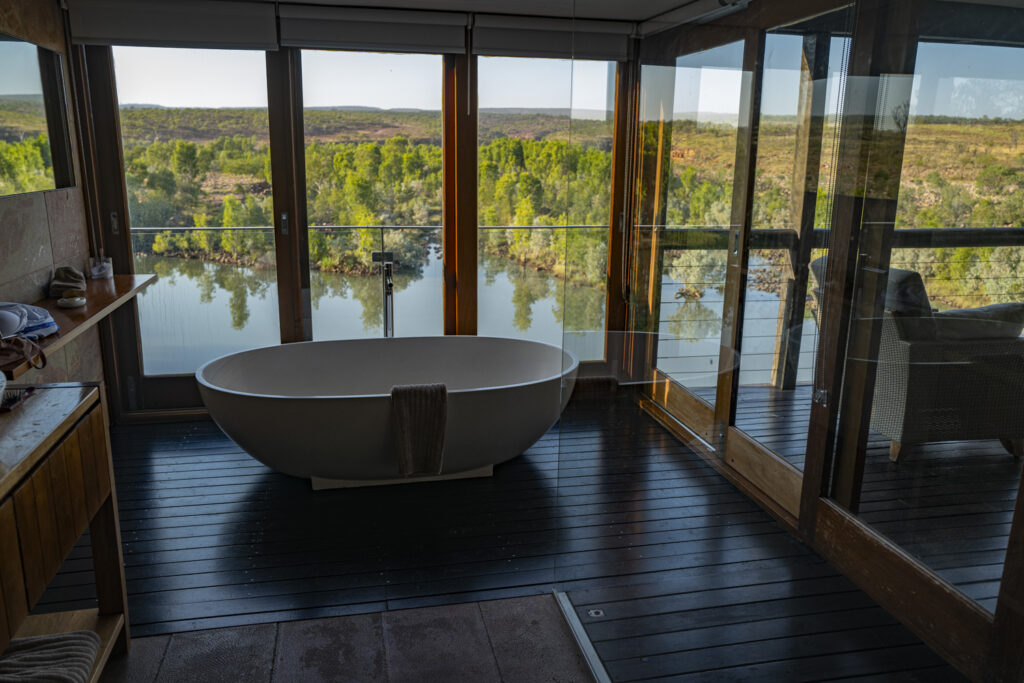



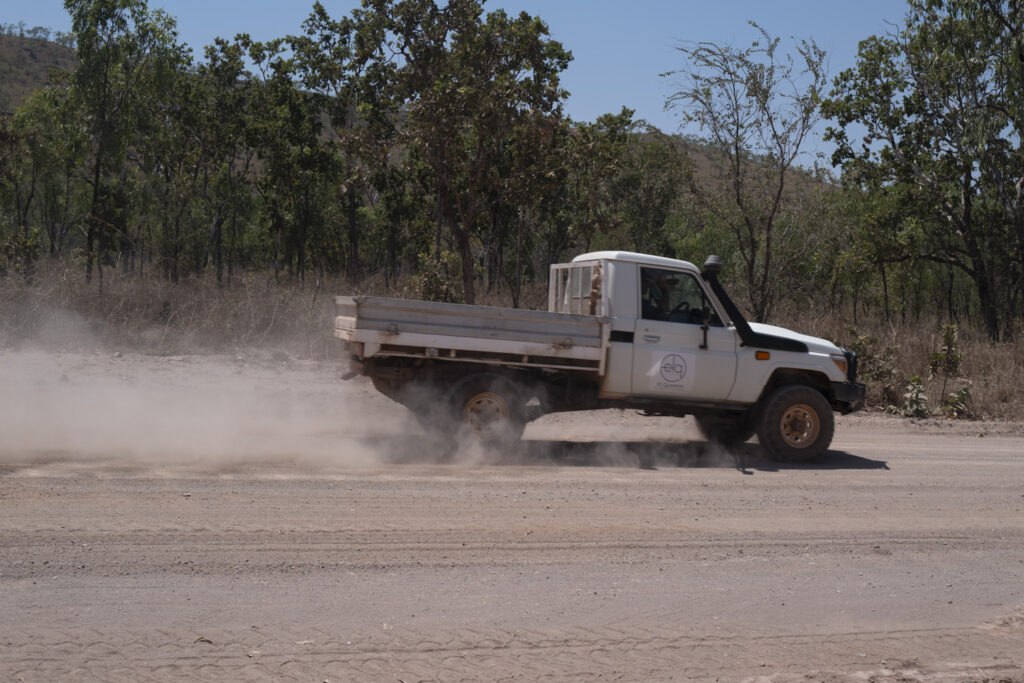
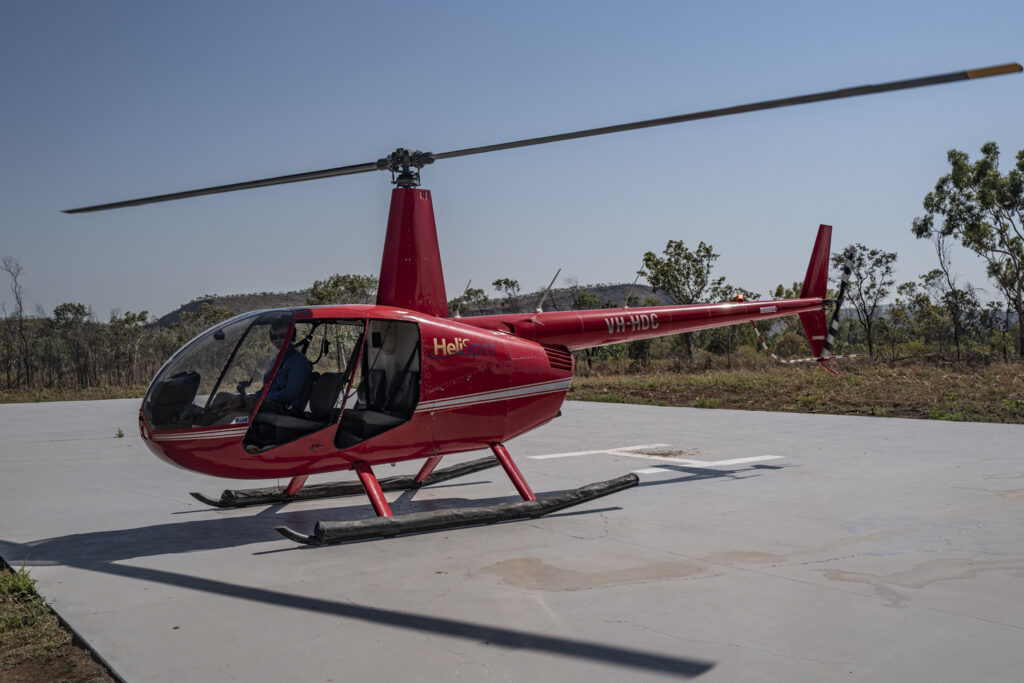




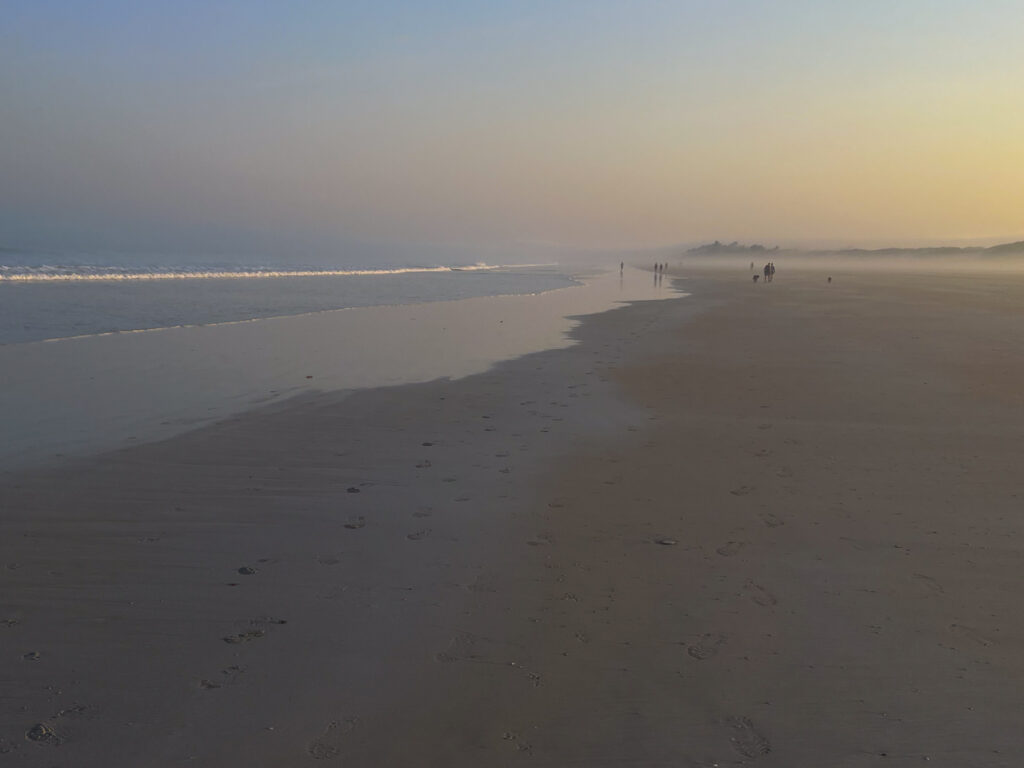


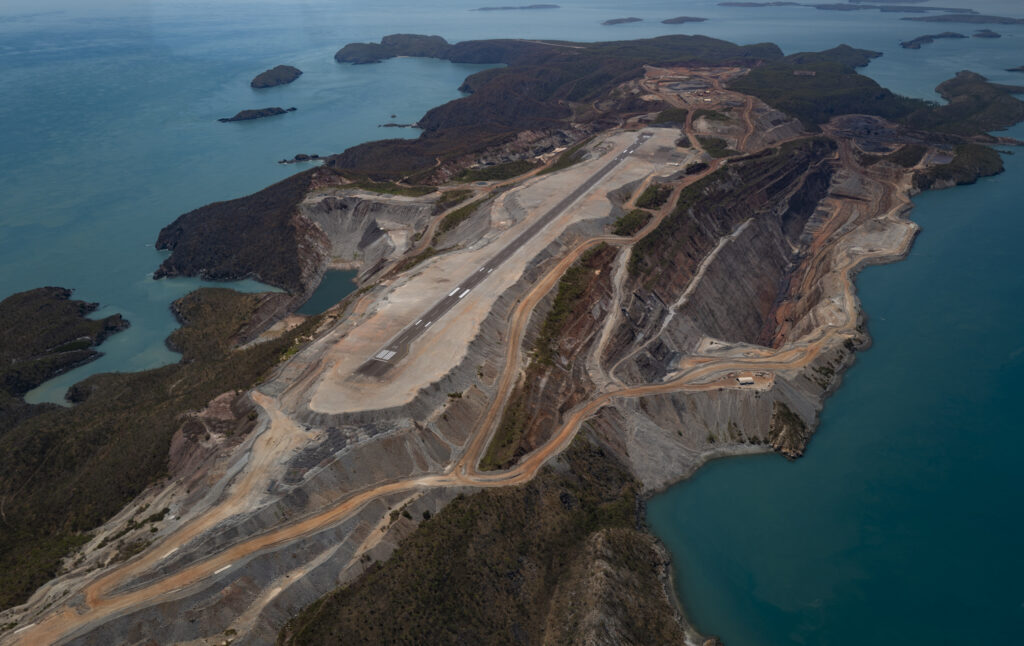
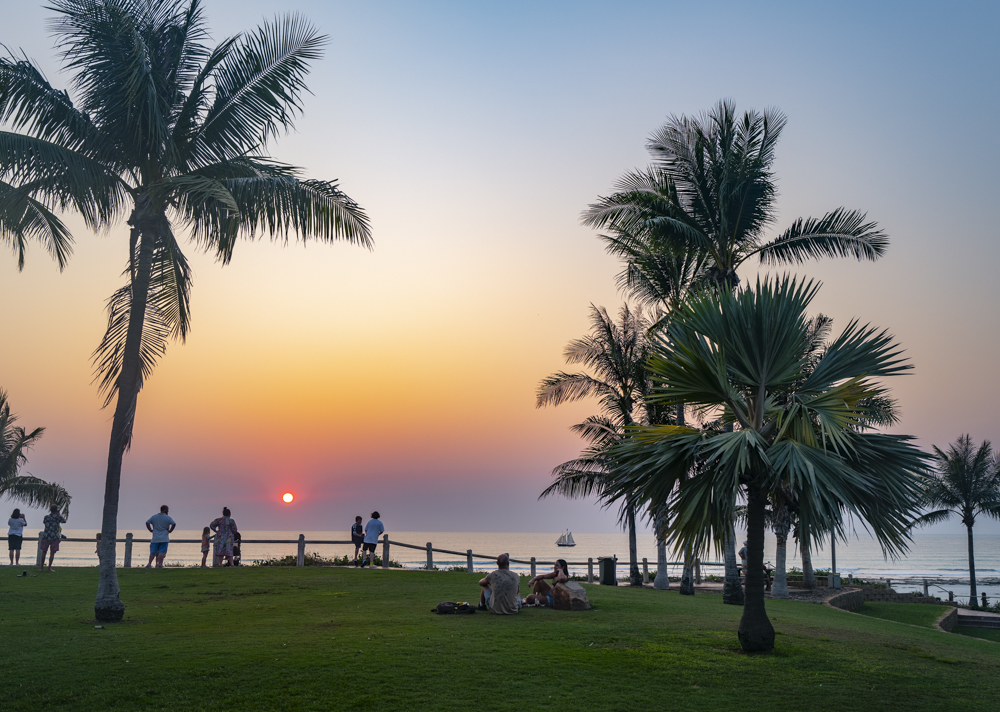




El Questro certainly looks like the way to do the Kimberley. Last year we went to Broome and south to Cape Villaret and I travelled with the Q2 and CL with the 55-135mm. Two cameras, but I generally made the decision before heading out which one to take for the morning or afternoon. I remember flying over the Kimberley plateau in a Cessna years ago and thinking it would be easy to imagine dinosaurs moving across the vast plains.
One of my favourite places in Australia. The Ragged Range near Kunnanurra is on my hit list of places to visit.
John, I’m amazed at the shots you got with that (in my eyes) limited focal length. I must take my X2 out of hibernation (I know you made good use of yours) and not always feel I must have a zoom! You have some really exciting images which invite exploration – “eye-roving” I would call it.
Greetings – John N.
Dear John,
Another excellent story of places this planet provides for the one who travels. I’m glad you found the energy within you to get rolling again and present such an astonishing article to us. (You wanna know the world; read Macfilos…)
So it was just the Q2. That’s a tough decision and it will definitely miss some shots as you describe. The memory of the missed ones will vanish over time. At least that’s my experience.
„You can’t always get what you want, but if you try, sometimes you might get what you need.“ Rolling Stones
Well, swimming in a pool and not being the end of the food-chain is a mental challenge.
I’m looking forward to read many more stunning travel stories of you.
Greets
Dirk
Thanks for the kind comments on the story and the photos.
Now that my life is now settled after the trauma and upheaval of the past three years I, hopefully, will have enough time in 2024 to do more photography and write some contributions for Macfilos.
John
Dear John, thank you for story and photos of the Kimberley region.
You mention a couple times about not having a telephoto lens.
I solved that problem by always taking my Leica V-Lux 5 with me. With its 25-400mm Leica lens and its weight is only 812g. I never miss that telephoto shot.
Dennis is quite correct, particularly for a possibly unrepeatable trip. If you have a secure base, you can hold it in reserve there. Another alternative solution is to take a reasonably modern D-Lux model with you. It lacks the reach of its bigger sibling, but is a more compact ‘belt and braces’ solution. Either would add to your enjoyment of the holiday.
Thanks, Dennis and David, I did have a shortlived ownership of a V-Lux but quickly sold it onto Wayne, another Aussie Macfilos contributor.
I do own a Lumix S5 and a long superb lens which would have fitted the long lens role on this trip but its weight totally ruled it out. I can barely carry it yet alone travel with it. I’m not sure how I have come to own it but that’s another story!
Thanks John for a wonderful article and series of images. Reading and viewing your images is a great way to start the weekend. It’s so good to read your stories again on Macfilos. You did make your Q2 shine.
Jean
Dear John, thank you so much for sharing this story. Great images and an introduction to a place that I had not even known it exists. And good to have you back among the contributors. I hope things are further improving for you. Best wishes, Jörg-Peter
We don’t get a lot of aerial photography on this site. Both photographer and camera were impressive.
And, thanks for introducing us to Kimberley. I’d never got further west than Adelaide, so I was inspired to read further about this region. Fascinating, and turbulent, history!
What a great start to the new year! The King of X is back, but with the Q2. You still have the magic touch with whatever Leica you use and your stories! You really want adrenaline rush do 13 months on a chopper with no doors, just interfered getting in out quick in Nam. You and the x1 are what started me on my digital Leica journey and for that I am forever grateful, my wife, not so much I’m in process of trading my 2 x1 x2 XE and Q for Q2m thru Camera west in CA. I AM JUST SO HAPPY TO SEE YOUR BACK ON THEMACFILOS, so maybe world is getting back to normal.HAIL CAESAR!
Thanks for your article John,
It’s still painful to read about the loss of your wife and hard to comprehend what that must be like. I count my blessings everyday with Her Ladyship.
Vicarious travel is a wonderful, affordable, eye-opening experience, and you have done what I think all great travel writers make you want to do, which is go there. Your shots are great and I think, while you had no long lens, you made great use of your Q2 and what it is capable of. It really is a great travel camera.
I’m hoping we can see more JS Travelogues in the future!